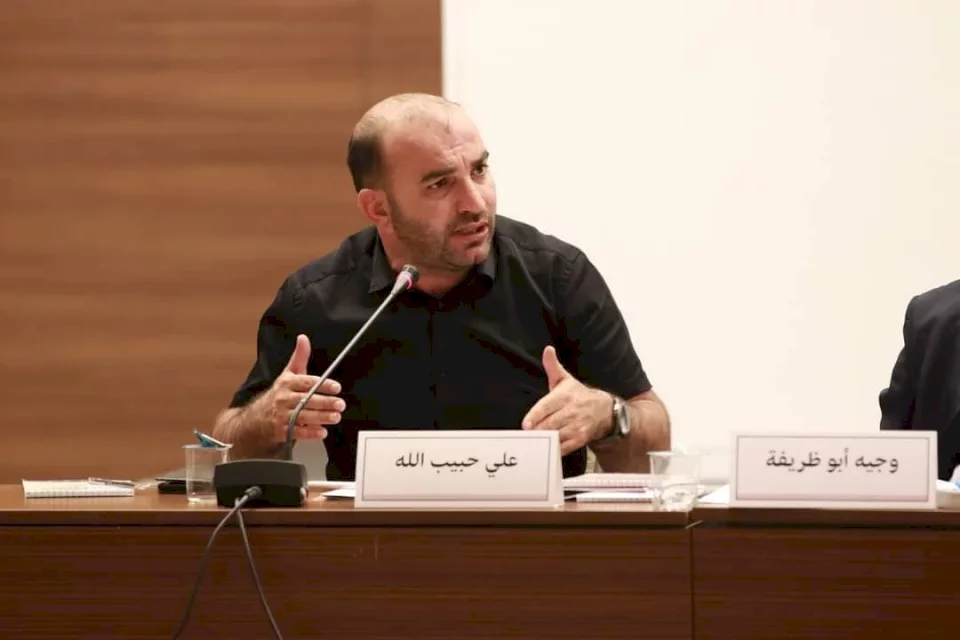
Gaza: The War is Over and the Battle for Resuming Living Conditions has Begun
After two years of bombardment, destruction, killing, and devastation, the dust from the genocide in Gaza has finally settled, with the commencement of the first phase of implementing the recently approved ceasefire agreement in Sharm El Sheikh, under regional and international sponsorship. However, this is not a war that ends for its people simply by shaking off its dust.
No other people in modern history have endured and withstood the hardships as the Gazans have over the past two years. Over the past century of the Arab-Israeli conflict, the brutality of Zionism has not been as fiercely directed at Palestinians as it has been against the flesh of Gazans. The sacrifices of the Gazans are countless, with around 70,000 martyrs and over 20,000 missing, while the list of the wounded and prisoners continues to grow as most homes and buildings in Gaza lie in ruins, with hundreds of thousands of displaced individuals wandering between the north and south of the strip.
Moreover, all civil and community institutions, including hospitals, schools, universities, agriculture, local industries, mosques, commercial complexes, and all public facilities, as well as water and electricity networks, and food and grain warehouses, have been obliterated by the war of extermination in retaliation against Gazans, obstructing their means of livelihood. Nevertheless, Gazans managed to survive.
The administrative and political fate of Gaza remains unknown, and we do not believe that the upcoming negotiation stages - if they do not falter - can answer the question of the sector's destiny. Most importantly, more than half of the sector is still occupied, which means that Gazans will face the repercussions and impacts of the war in a geography that has become narrower than it was, already restricted by density before October 7, 2023. At least for the foreseeable future, hundreds of displaced Gazan families are still prevented from returning to their homes in some areas of northern Gaza, such as Beit Hanoun and Jabalia.
The war is over, marked by extermination and an unprecedented intensity of fire in its filth and brutality. However, security oversight and the policy of regulating and controlling movement within the sector remain subject to orders and instructions from the occupation army, which may not hesitate to target any movement or initiative, based on mere suspicion, just as it does daily by targeting villages in southern Lebanon and their residents with planes and drones, despite the ceasefire that began in early December last year.
The war is over, but it has left in Gaza and among Gazans a challenge that must be confronted, no less than what they faced under extermination. The war has disrupted the social structure of Gazans over two years of war, through killing, displacement, destruction, and deprivation, affecting the bonds of Gazan society and its familial ties, which cannot be easily restored simply by announcing a ceasefire. Consequently, any signs of familial or communal conflict that may emerge in the stricken sector in the coming days regarding the prospects for recovery from the war's effects are an extension of the latter and its remnants, just like any bomb or explosive left by the occupation in the sands of the sector.
Perhaps the harshest feeling for every Gazan over the two years of war has been betrayal, as Gazans have felt abandoned, left alone under the flames that continue to scorch the flesh of their children before their eyes, beneath the fabric of displacement tents. If the responsibility to stop the extermination in Gaza has largely failed with most systems and peoples in the region, the post-war responsibility has become more urgent than before towards the entire sector, to help Gaza recover and support its people in resuming the conditions of life that were destroyed by the war.
The occupation has failed to achieve its most dangerous objectives of its genocide war, which was to "displace" the Gazans. However, what must not escape the minds of every Palestinian, Arab, and free person in this world is that the threat of Gazans voluntarily leaving the sector remains present, and this is what Netanyahu's government and its occupying army might bank on if Gaza is not effectively and practically supported in resuming the conditions of life there. We state this because every future direction for Gaza, given its current ambiguity and vagueness at both political and administrative levels, depends on the extent to which Gaza and its people are supported in repairing what can be salvaged from the two years of war.

Not an Effort but a Sin Worth Accountability

The Land: The Core of the Struggle for an Agricultural Policy that Protects Palestinian Ex...

Goodbye 2025: What Have Palestinians Learned from an Unprecedented Year?

Do Not Let Down the Millions of Italian Supporters

Awareness of Existential Threat

On the Policy of 'Separating the Daily from the General'...

Living Cells of the Palestinian Economy: Municipalities' Strategy to Create "Micro Economi...

